
Have you ever spotted a shiny, green sphere tucked into a crack on a reef? If so, you may have seen a sea pearl, also known as bubble algae or sailor’s eyeballs. Sea pearls (Valonia ventricosa) are one of the largest – if not the largest – single cell organisms in the world! In other words, that fluid-filled sphere is actually one giant single cell (which can be 1-5 cm in diametre, and boasts multiple nuclei)!
Generally, macroalgae like sea pearls are classified into three categories: Green, Brown, or Red Algae. An algae’s classification is not based explicitly on the coloir of the algae, but rather on their predominant photosynthetic pigment, a substance that absorbs light.
Sea Pearl is a Green Algae, which means that it falls into the Phylum Chlorophyta. All Green Algae contain the same accessory pigment, Chlorophyll b, which broadens the range of light that can be used in photosynthesis. More light absorption = more food!
The colour of a Sea Pearl typically ranges between green to dark green, and it is determined by the quantity of chloroplasts. Sea pearls reproduce by splitting into two daughter cells or by forming new bubbles from the rhizoids. But little is known about their mode of sexual reproduction.
Sea pearls can be found in subtropical and tropical tidal zones throughout much of the world. Two other species of Valonia found in the Caribbean include: elongated sea pearl (Valonia macrophysa), which tend to be smaller, longer and grow in mat-like clusters, and 2) creeping bubble alga (Valonia ulticularis). creeping bubble alga is the smallest and the least common of the three species mentioned.
Do you have a favourite microorganism, overlooked algae or cryptic creature that you would like to see featured on our website? Shoot us a message and let us know!
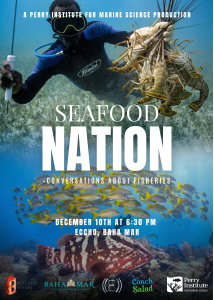
“Seafood Nation” Documentary Premiere Explores the Heart of Bahamian Culture and the Future of Fisheries
NASSAU, The Bahamas | December 5, 2025 – From the bustling stalls of Potter’s Cay to family kitchen tables across the archipelago, seafood is far more than just sustenance in
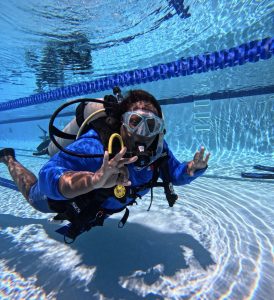
PIMS and Disney Conservation Fund Partner to Train 19 Government Divers
PIMS dive training in Nassau strengthened national coral restoration capacity across government agencies. Bahamas Dive Training Builds National Coral Restoration Capacity Last fall, between the months of September and October,
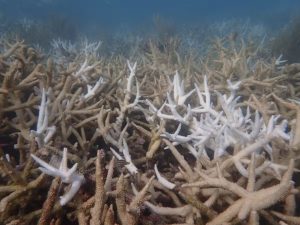
Florida’s Coral Reef Crossed a Line: What Functional Extinction Really Means for Elkhorn and Staghorn Corals
Reefs didn’t just bleach. They functionally vanished in one summer. A new Science study co-authored by researchers from the Perry Institute for Marine Science (PIMS) has found that Florida’s two
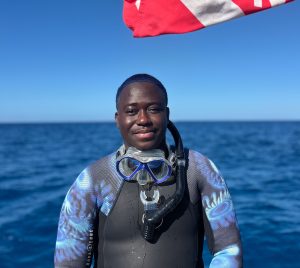
Q&A: Understanding the IDC Course at PIMS with Duran Mitchell
A former aquarist turned coral conservationist, Duran is passionate about understanding how all marine life connects. PIMS & IDC: Empowering New Dive Instructors for Marine Conservation PIMS & IDC: Empowering
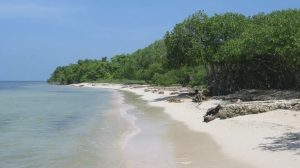
Forbes Shines a Spotlight on Coral Reef Restoration in the Caribbean
When Forbes highlights coral reef restoration, it signals something powerful: the world is paying attention to the urgent fight to protect reefs. And solutions are within reach. Recently, Forbes featured Dr. Valeria

New Reef Rescue Diver Course: Volunteer in Coral Reef Restoration Abroad
Coral reefs are often called the rainforests of the sea—complex ecosystems that shelter a quarter of all marine life, feed millions of people, protect coastlines from storms, and attract travelers


